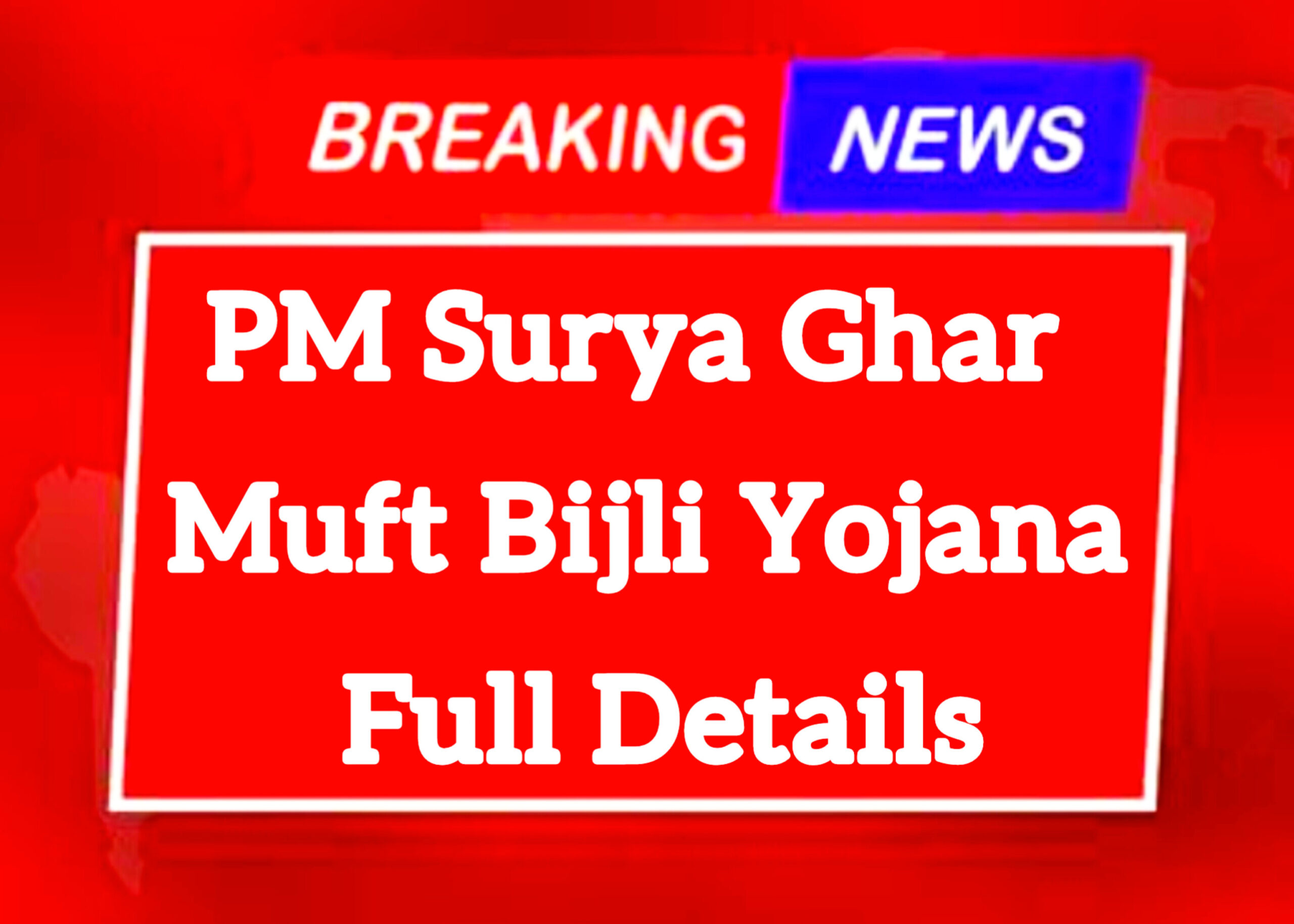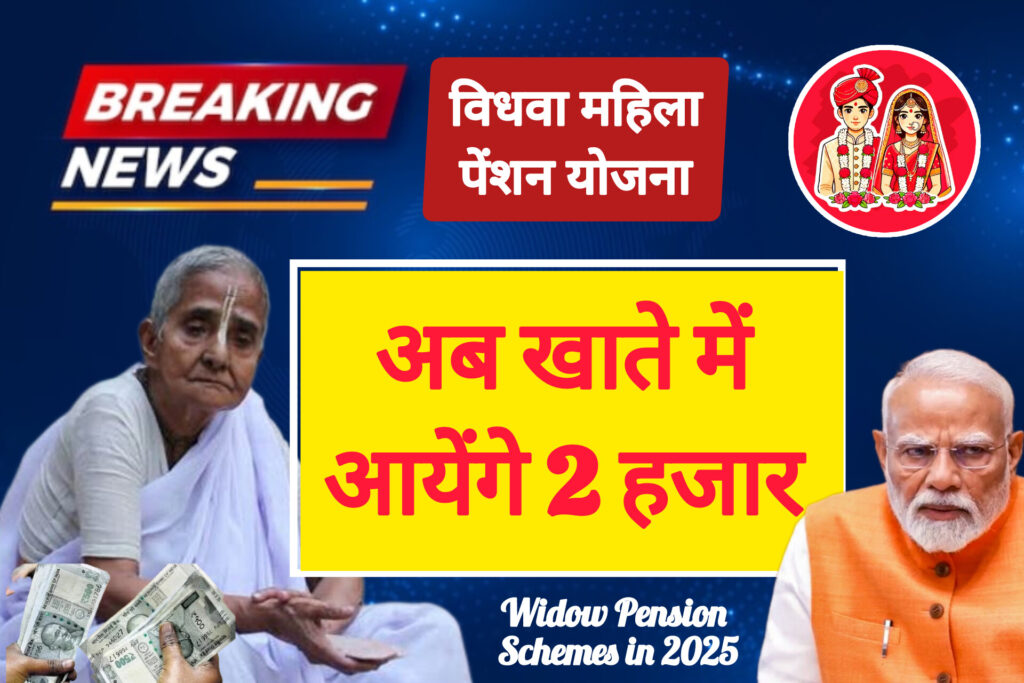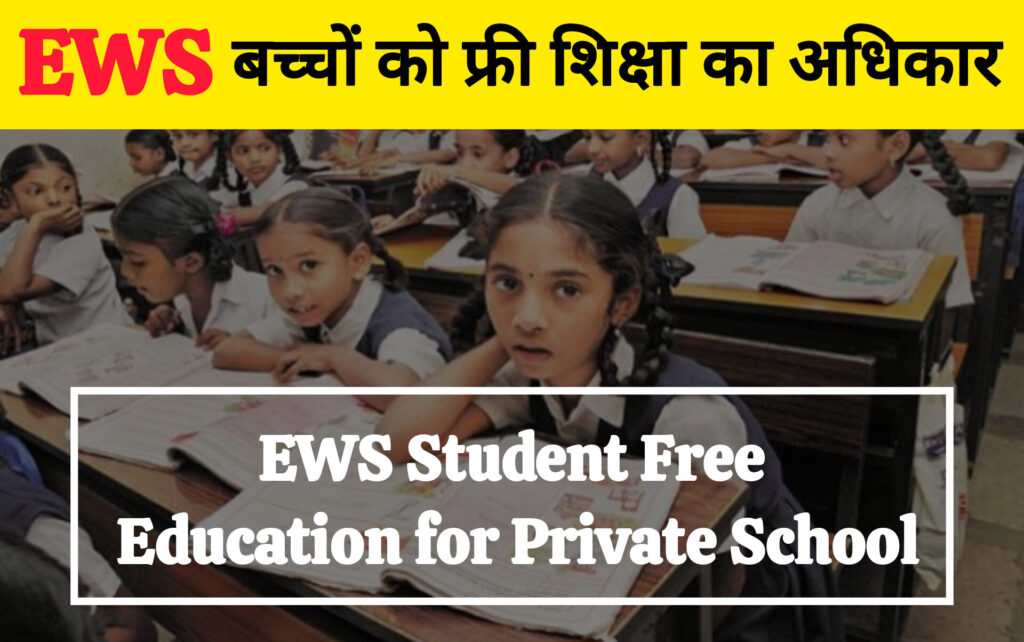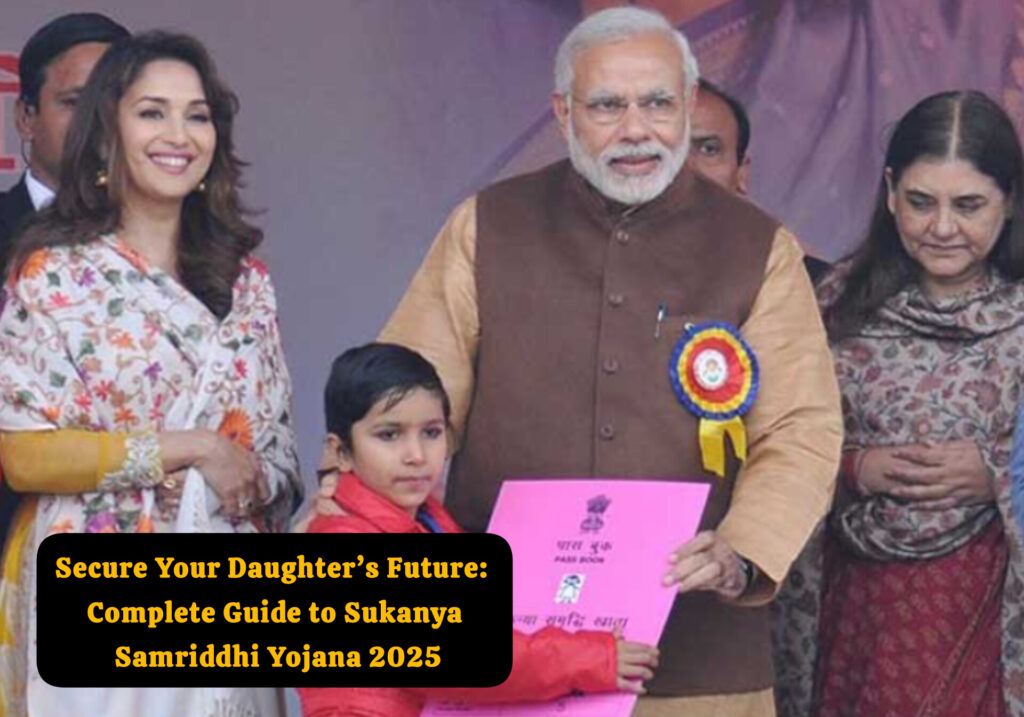I understand you’re asking for full details on the PM Surya Ghar Muft Bijli Yojana (Rooftop Solar Scheme), listed as item 8 in my previous response. Below is a comprehensive overview of the scheme based on available information up to May 21, 2025. Since no new schemes specific to this date were identified, I’ll focus on the details of this scheme as announced and implemented.
PM Surya Ghar Muft Bijli Yojana: Full Details
Overview
- Launch Date: February 2024, approved by the Union Cabinet.
- Objective: To install solar panels on the roofs of 100 million (10 crore) households, providing up to 300 units of free electricity per month, thereby promoting renewable energy and reducing electricity costs for households.
- Total Outlay: Approximately ₹75,021 crore over the scheme’s duration.
- Implementation: Centrally Sponsored Scheme under the Ministry of New and Renewable Energy (MNRE), executed through state-owned power distribution companies (DISCOMs) and other implementing agencies.
Key Features
- Free Electricity:
- Provides up to 300 units of electricity per month to eligible households.
- Expected annual savings of ₹15,000–18,000 per household, depending on electricity consumption and local tariffs.
- Solar Capacity Installation:
- Targets installation of rooftop solar systems with capacities typically ranging from 1 kW to 3 kW, depending on household needs.
- Larger systems (up to 10 kW) may be installed for higher consumption, subject to technical feasibility.
- Financial Assistance:
- Central Financial Assistance (CFA):
- 1 kW system: ₹30,000 subsidy.
- 2 kW system: ₹60,000 subsidy.
- 3 kW and above: ₹78,000 subsidy (capped for systems up to 3 kW).
- Subsidies are disbursed directly to beneficiaries’ bank accounts via Direct Benefit Transfer (DBT) after system installation and verification.
- Low-interest loans are facilitated for upfront costs not covered by subsidies.
- Net Metering:
- Households can feed excess electricity generated by solar panels back to the grid, earning credits or payments through net metering arrangements with DISCOMs.
- This allows households to offset electricity bills further or earn income by selling surplus power.
- Implementation Model:
- National Portal: A dedicated online portal (pmsuryaghar.gov.in) enables households to apply, track progress, and access information.
- Vendor Network: Empanelled vendors handle installation, maintenance, and after-sales service.
- DISCOMs’ Role: DISCOMs facilitate net metering, system inspections, and integration with the grid.
- State Nodal Agencies: Coordinate implementation at the state level.
- Target Beneficiaries:
- Primarily middle- and low-income households across rural and urban areas.
- Special focus on underserved regions, including aspirational districts and northeastern states.
- Job Creation:
- Expected to generate approximately 17 lakh direct jobs in solar panel manufacturing, installation, and maintenance, with additional indirect jobs in related sectors.
- Training programs are integrated to skill youth for solar technology roles.
- Environmental Impact:
- Aims to reduce carbon emissions by promoting clean energy.
- Supports India’s goal of achieving 500 GW of renewable energy capacity by 2030.
Funding Structure
- Central Government: ₹75,021 crore allocated, with 60% of the subsidy cost borne by the Centre.
- State Contribution: States may provide additional subsidies or incentives to enhance affordability.
- International Support: Potential co-financing or technical assistance from multilateral agencies for scaling solar infrastructure.
- Industry Role: Private vendors and manufacturers contribute through supply and installation services.
Eligibility Criteria
- Residential Households: Only domestic electricity consumers (not commercial or industrial) are eligible.
- Roof Ownership: Applicants must own a suitable roof (shadow-free, structurally sound) or obtain permission from the property owner.
- Electricity Connection: A valid electricity connection with a DISCOM is required.
- Documentation: Aadhaar card, electricity bill, and proof of roof ownership are typically needed for registration.
Application Process
- Registration:
- Visit the national portal (pmsuryaghar.gov.in).
- Register using Aadhaar and electricity consumer details.
- Feasibility Assessment:
- DISCOMs or empanelled vendors conduct a site survey to assess roof suitability and system size.
- System Selection:
- Choose a system capacity (1–3 kW) based on household needs and vendor recommendations.
- Installation:
- Empanelled vendor installs the solar system, typically within 15–30 days post-approval.
- Inspection and Net Metering:
- DISCOM inspects the system and installs a net meter.
- Subsidy Disbursement:
- Subsidy is credited to the beneficiary’s bank account within 30 days of successful installation.
Progress (As of Early 2025)
- Applications: Over 1 crore households registered on the portal by March 2025.
- Installations: Approximately 50 lakh households have installed systems, with a target to reach 100 million by 2027.
- State Performance:
- Leading states include Gujarat, Maharashtra, Uttar Pradesh, and Rajasthan due to strong DISCOM networks and awareness campaigns.
- Lagging states in the Northeast are being supported with additional outreach and subsidies.
- Challenges:
- Initial delays in vendor empanelment and supply chain issues for solar panels.
- Awareness gaps in rural areas and among low-income groups.
- Grid integration issues in some regions due to outdated infrastructure.
Unique Aspects
- Scale: One of the largest rooftop solar programs globally, targeting 100 million households.
- Integration with Viksit Bharat: Aligns with India’s vision of becoming a developed nation by 2047 through sustainable energy and job creation.
- Focus on MSMEs: Encourages small-scale solar vendors and local manufacturing, boosting the domestic solar industry.
- Digital Ecosystem: The national portal integrates all stakeholders (households, vendors, DISCOMs, and banks) for seamless execution.
Impact and Benefits
- Household Savings: Reduces electricity bills by ₹15,000–18,000 annually, with additional income from surplus power sales.
- Energy Security: Decreases reliance on fossil fuels and grid electricity.
- Employment: Creates jobs in manufacturing, installation, and maintenance, especially for youth.
- Sustainability: Contributes to India’s Paris Agreement commitments and net-zero goals by 2070.
Challenges and Mitigation
- Challenges:
- High upfront costs for some households despite subsidies.
- Limited awareness in rural and semi-urban areas.
- Technical constraints like roof suitability and grid connectivity.
- Mitigation:
- Awareness campaigns through TV, radio, and local governance bodies.
- Financing options like low-interest loans and EMI schemes.
- Technical support for DISCOMs to upgrade grid infrastructure.
Sources
- Union Budget 2024-25, cleartax.in, April 21, 2025.
- Official announcements from the Ministry of New and Renewable Energy.
- PM Surya Ghar portal (pmsuryaghar.gov.in).
Additional Notes
- For real-time updates or specific eligibility, visit pmsuryaghar.gov.in or contact your local DISCOM.
- If you need details on implementation in a specific state or assistance with the application process, let me know, and I can guide you further.
- No new developments specific to May 21, 2025, were found, but the scheme is ongoing with regular updates on the national portal.
If you meant a different scheme or want details on another listed scheme, please clarify, and I’ll provide the full details accordingly!









